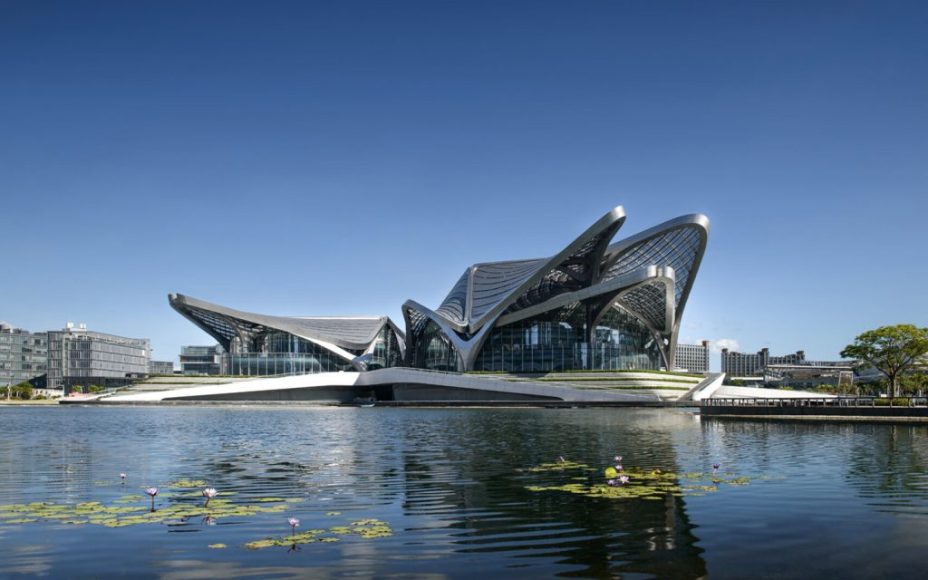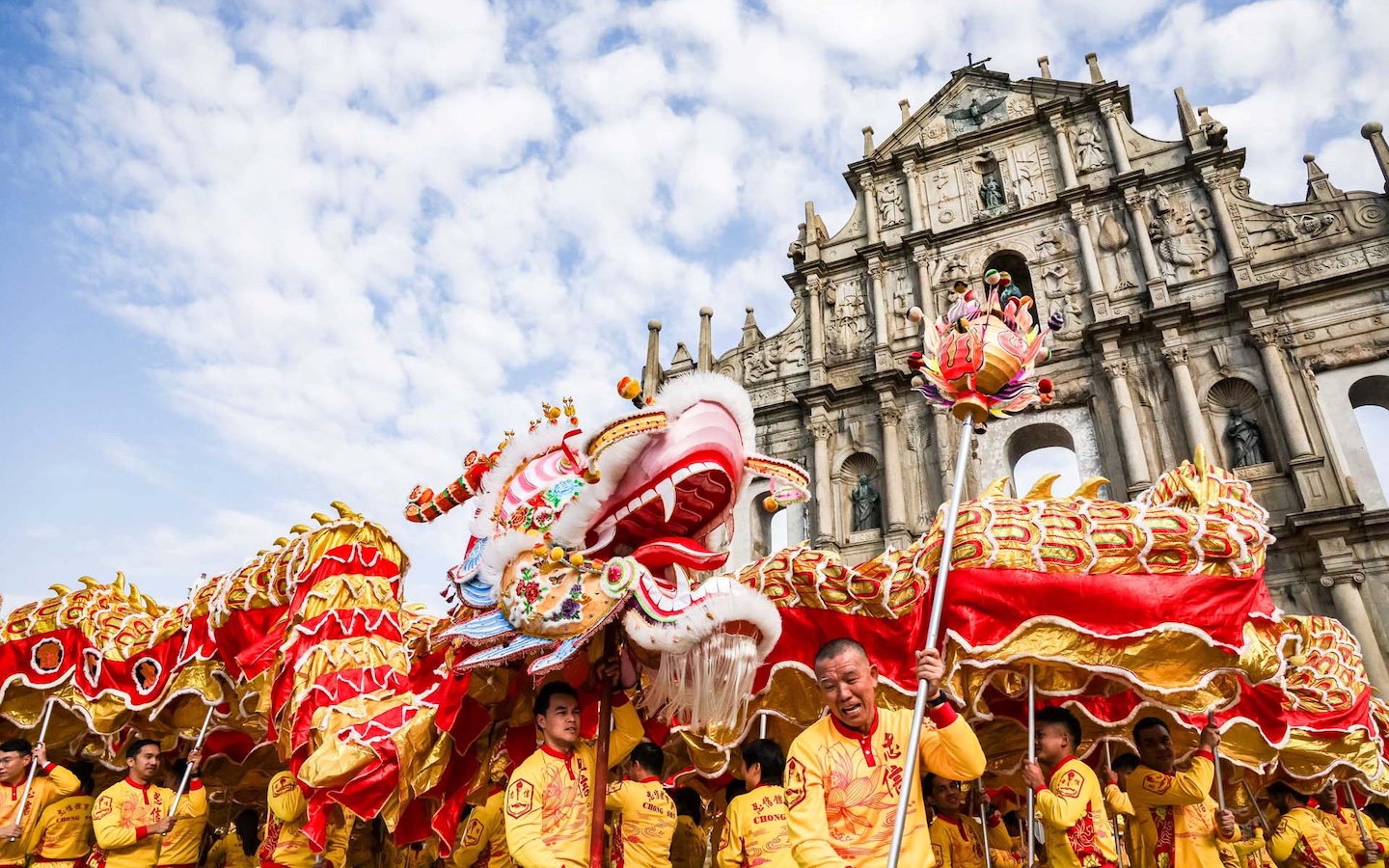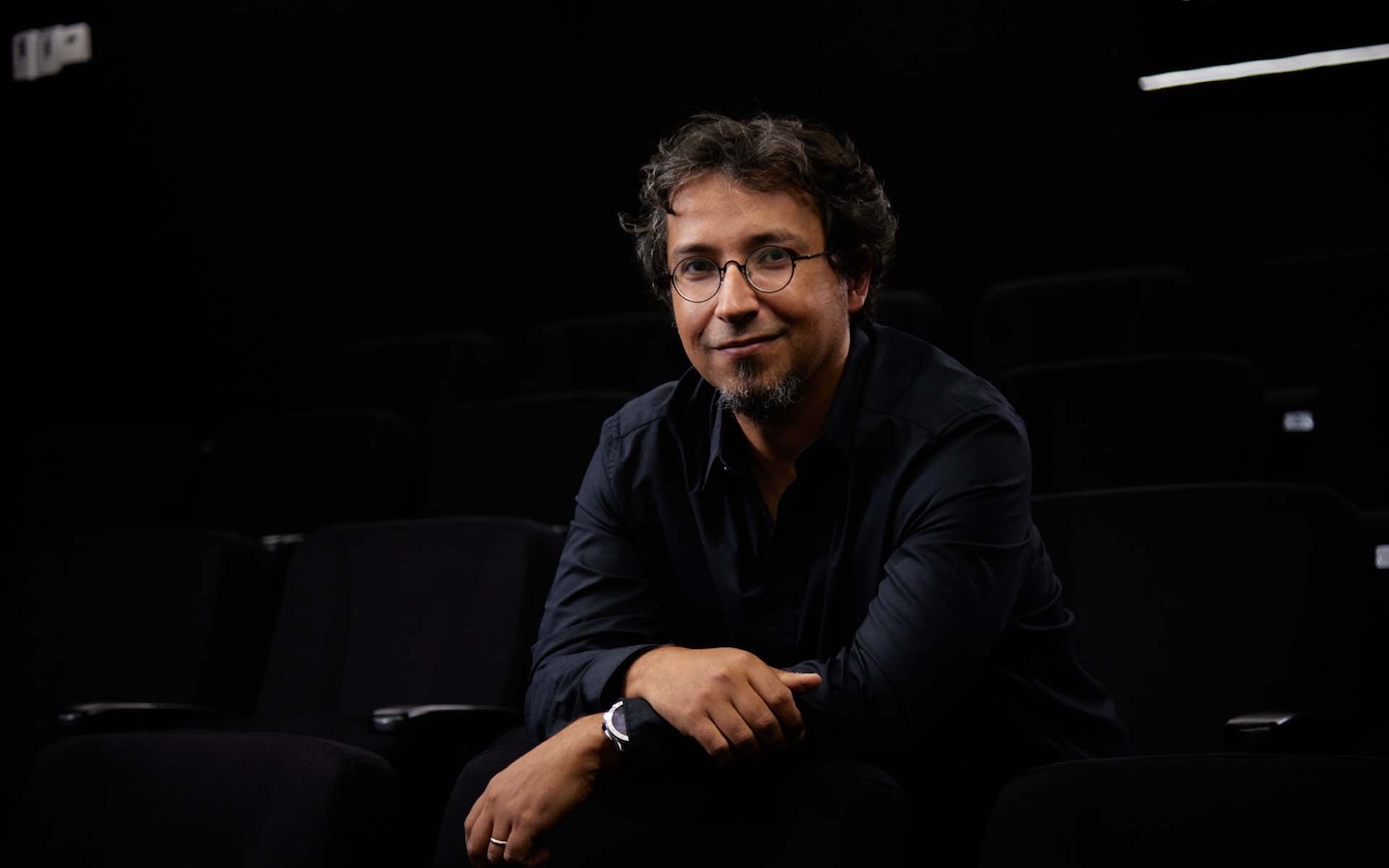Nine months after opening its doors to the public, the Zhuhai Jinwan Civic Art Centre stands as testament to the Greater Bay Area’s commitment to architectural innovation, cultural enrichment and sustainable design. Shaped to suggest a chevron of migratory birds, the four-venue complex was designed by Zaha Hadid Architects (ZHA).
The new art centre was built in the middle of an artificial lake which acts as an integral part of Zhuhai’s ‘sponge city’ initiative, capturing rainwater and naturally filtering out contaminants with aquatic flora and fauna. A number of footbridges and tunnels allow visitors to access its 1,200-seat grand theatre, 500-seat black box theatre, art museum and science centre. Each venue occupies its own wing, radiating out from the central plaza and sheltered beneath angular, latticed canopies made of steel. Natural lighting, solar shading and thermal insulation are key features of the overall design, which the architects aimed to make as environmentally sound as possible.
Designed as a hub of contemporary creativity, the Civic Art Centre is located at the heart of Jinwan district’s Western Ecological New Town and just 28 kilometres from Macao’s Gongbei Checkpoint. The fact that the new art centre was dreamed up by the late Iraqi-British architect Zaha Hadid’s namesake firm anchors it as a sibling structure to some of the most ambitious, strikingly designed buildings in China.
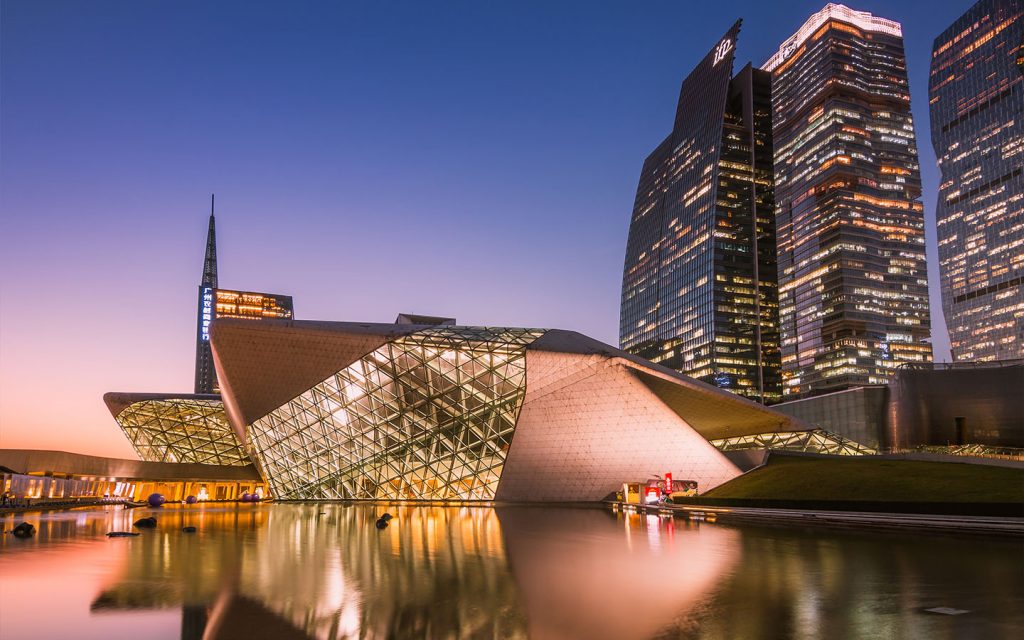
Hadid’s first project in the country was the Guangzhou Opera House, conceived as two boulders washed down the Pearl River. Inside, it invokes the sensation you’ve stepped into a giant oyster shell. Hadid, who died in 2016, won an international competition to design the opera house in 2002. It opened to the public in 2010.
Zhuhai has always punched above its weight, and with this new centre, Macao’s immediate neighbour solidifies its status as a cultural regional hub that emerged in 2016 with the construction of the Zhuhai Opera House, designed by architect Chen Keisho as two shells representing the Sun and the Moon, located on an island at Xiangzhou close to Macao.
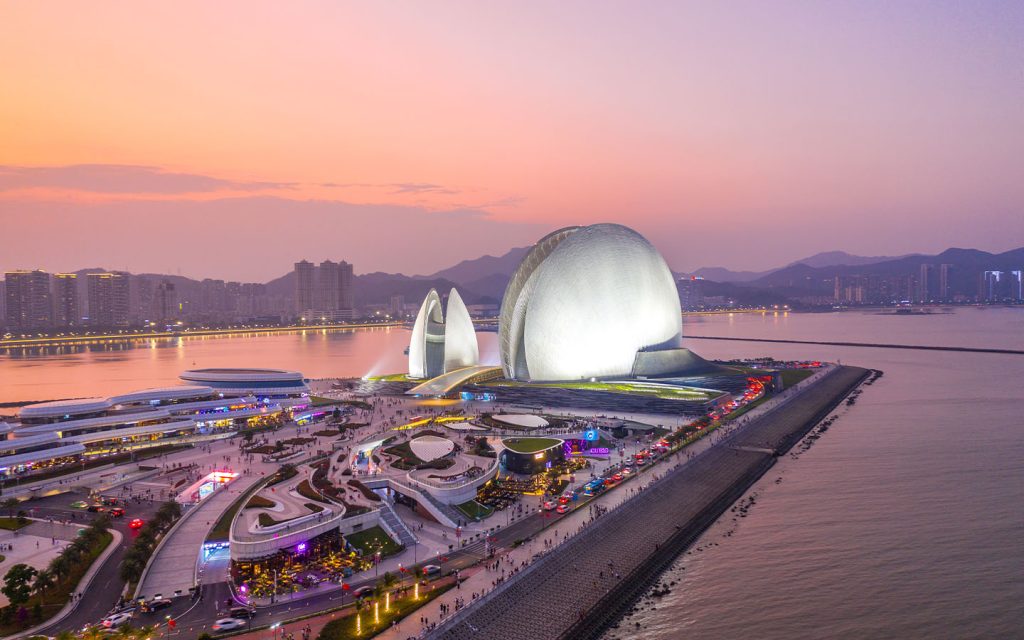
Hadid’s London-based team has gone on to design eight more buildings for the GBA. Macao’s share comprises the neo-futurist Morpheus Hotel, with its eye-catching exoskeleton; and W Macau – a hotel that opened a couple months before the Zhuhai Jinwan Civic Art Centre. In neighbouring Hong Kong, her firm was behind the asymmetrical Jockey Club Innovation Tower that houses the Hong Kong Polytechnic University’s School of Design – where lucky students find inspiration for their own creations everyday.
Currently under construction, the firm also designed Hong Kong’s curvaceous commercial skyscraper The Henderson and the XRL Topside Development, towering above West Kowloon Station’s high-speed rail terminus. Each incorporates green space and design elements that reduce energy consumption, with The Henderson earning the highest rating from the country’s Green Building Rating Programme. Both projects are set to become landmark features in Hong Kong’s skyline.
The GBA’s tech hub, Shenzhen, also has two ZHA constructions in the works which are expected to be completed in 2025 and 2027. Moving into the rest of the mainland, ZHA is behind even more architectural triumphs, including Beijing’s Galaxy and Leeza SOHO towers, as well as the capital’s Daxing International Airport.
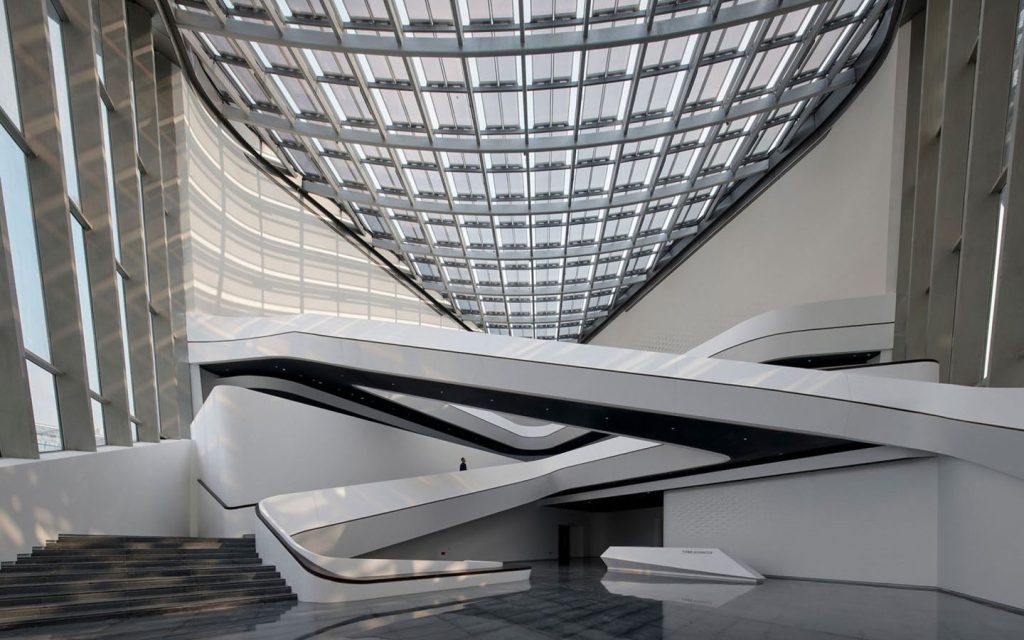
Macao-born architect Carlos Marreiros has long admired the innovative architectural work of the late Zaha Hadid. “Hadid’s innovative designs have exerted a significant influence across China, where they are studied extensively in universities and research centres. Her bold, cutting-edge approach has cultivated a devoted following among both practitioners and the newer generation of investors and developers. Without the support and backing of these public and private stakeholders, Hadid’s visionary projects would not have come to fruition,” he told the Macao magazine.
“Hadid’s work was beloved by property developers, due to its spectacularity, originality, and a contemporaneity that announces the future.” According to him, developers and investors were attracted to projects they felt confident would become “immediately iconic” – something all but guaranteed with a ZHA design.
From the Guangzhou Opera House to the Civic Art Centre, the Greater Bay Area has become a hotbed for bold, forward-thinking architecture.
As Macao-born architect Carlos Marreiros noted, Hadid’s designs have cultivated a dedicated following among both practitioners and investors across China.
